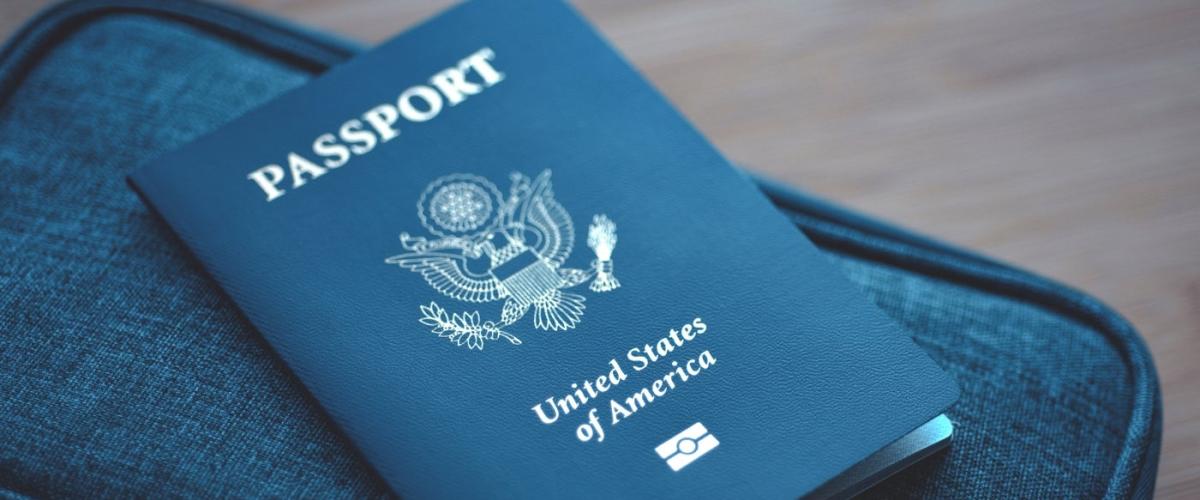Most of the battle of navigating “how to be an attorney” is simply understanding what exactly an attorney does. For me––and for many––the real exposure to the legal profession starts and develops in law school. Because no one in my family is an attorney, the only information I had on what an attorney does is what I could glean from TV shows and my friends who had lawyers in their family.
I am fortunate that I ended up at a law school that thoroughly walked me through what it means to be an attorney. My lawyering skills courses at CWRU law showed me what practicing law really looks like (not the version on TV shows) and helped me grow a portfolio of lawyering skills so I can feel confident to competently enter the profession.
Introduction to the (actual) practice of law
I still remember getting my schedule during orientation, seeing a class named “LLEAP,” and thinking, “What is a LLEAP?” Little did I know that these courses would quickly become my favorite at the law school and arguably the most important and formative classes of my legal education.
Legal Writing, Leadership, Experiential Learning, Advocacy, and Professionalism (LLEAP) is a series of classes that teach students how to be an attorney. LLEAP 1 and 2 taught me the foundational parts of lawyering: analyzing opinions, researching, writing memos and contracts, learning how to cite, interviewing witnesses and clients, advising clients and writing motions. The LLEAP classes are taught through a series of hypothetical cases––often taken from actual, litigated lawsuits. As someone with close to no experience with the law, this exposure helped me understand how the pieces fall together.
Additionally, and perhaps more importantly, my LLEAP classes incorporated ways to develop my professional identity outside of the classroom. The “professionalism” component of LLEAP focused on developing a whole host of soft skills. This aspect of the course helped me understand more holistically what it means to be an attorney and to develop everything from my professional network and public speaking skills, to understanding how to succeed in a summer position.
LLEAP 1 and 2 gave me a solid foundation to succeed at my first summer job working for Legal Aid in a large city. I felt confident enough to interview clients for intakes and to produce written analysis and also felt comfortable interacting with the attorneys in the office—I felt like I truly belonged.
Although I had this foundation, I knew I needed to develop much more before entering the profession. In other words, I would need a bridge from 1L classes to eventual practice.
A simulated practice becomes actual practice
Fortunately, LLEAP 3 served as that bridge to practice. Rather than a series of hypotheticals to guide the assignments, LLEAP 3 takes the class through a single case or deal from inception to the end. Students choose between LLEAP 3-Litigation or Transactions; I chose the litigation section.
By the end of the first week of LLEAP 3, I had formed a “firm” with several classmates, and we had met and interviewed our client. From there, we engaged in nearly every aspect of litigation: planning the litigation after researching and analyzing possible claims and defenses; drafting pleadings, proceeding through written discovery; taking a deposition; participating in 26(f), case management, and settlement conferences; counseling the client; responding to summary judgment; giving an opening statement and even billing time.
I did not know how closely the class mimicked actual practice until I did my Capstone requirement at a civil rights firm during my 3L year. Having the exposure to the litigation process in LLEAP 3, I felt confident in the fast-paced environment because I knew what to expect and how best I could contribute. Obviously, actual practice is a little different than simulated practice, but LLEAP gave me the tools to smoothly transition between the hypothetical, academic environment and actual practice.
It wasn’t just me who felt this way, either. I was fortunate to be the teaching assistant for all three LLEAP classes I took, and it was a wonderful experience to witness students develop into young lawyers right before my eyes. Indeed, that experience as a TA piqued an interest to return to the classroom as an instructor.
I guess I am an attorney now?
It is still a weird feeling to think that I am finally a lawyer. I graduated in May and passed the bar just a few weeks ago. So, what now? This year, I have found myself back at the school as the LLEAP fellow helping with the LLEAP classes and developing the next generation of legal professionals. Next year, I will be clerking at the Colorado Supreme Court, a position I credit LLEAP in helping me get, as I was able to highlight many of the skills I curated during my LLEAP courses while I was applying for clerkships.
After the clerkship, we will see what the future holds. I hope to be back teaching in some capacity. I could not have gotten here without all the mentorship and guidance from the faculty and staff at CWRU Law, so I plan to pay the same forward.
I understand that faculty positions are competitive, and publications are incredibly important to have before applying, which can be rather daunting. But in addition to everything else that the LLEAP program and the LLEAP faculty have done for me, I have already had articles accepted for publication both in a CWRU Law publication as well as outside student and peer-reviewed publications––none of which would have been possible without LLEAP and its faculty.
I know the future will hold a whole assortment of adventures in my legal career. Because of LLEAP, I feel that I can tackle all of them.
Alireza Nourani-Dargiri is a LLEAP fellow at the Case Western Reserve University School of Law.





